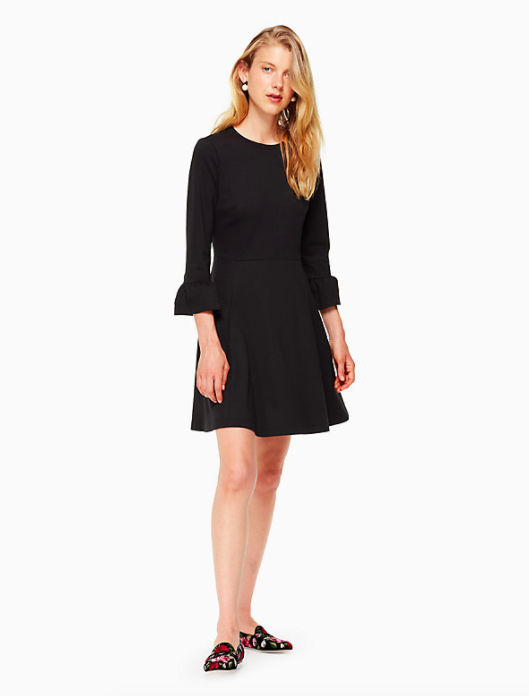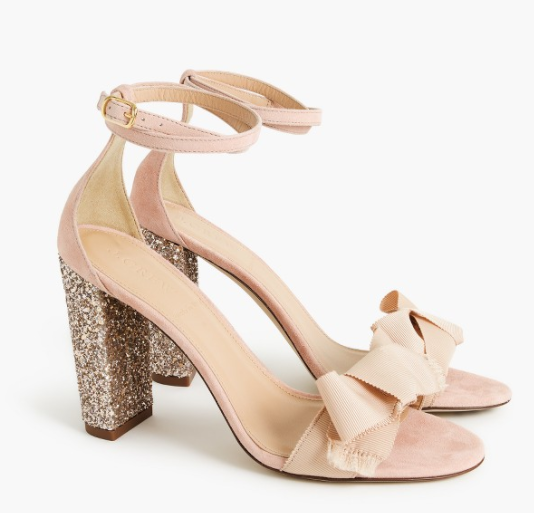Resolutions: Financial Responsibility
Posted on January 17th, 2016
It’s mid-January. Not so long ago, you may have set some New Years resolutions, promising yourself that this would be the year it would all change. First of all, good for you! Every day is a great day to chase down your dreams and become the person you want to be. But it’s another thing to take those broad dreams and translate them into everyday routines. I’m not an expert of pretty much anything, but wanted to offer my take on some of the most popular resolutions.
Check back throughout the week for the rest of the series, but we’ll kick it off with everyone’s favorite topic: money.

Want to be smarter, or at least more conscientious, with your money in 2016? Same.
I used to have a monthly budget with a bunch of line items. How much I could spend on lunches, car insurance, household items, clothes, manicures… you get the picture. But I found that, despite my best planning, each month was a little different, and I was constantly moving money around. There was no line item for “Airport Parking for That One Weekend Trip” or “Dry Cleaning,” and “Haircut” is a quarterly thing, and I felt pinched when I was borrowing money from other parts of the budget to cover these sorts of expenses.
A few months ago, I switched to a flat budget. When I receive each paycheck, I immediately move the amount budgeted for savings into my other accounts, I pay my rent, and then I have one set amount I can spend on everything else. I actually find it really empowering. If I choose to buy $300 shoes, that’s my decision, but it may mean eating cereal at the end of the month because when the money is gone, it’s gone. Savings are for the future/a rainy day, so I always keep that separate.
My top quick tips for cutting back:
- Dine, but don’t wine. Having a drink with dinner is an easy way to tack $15 onto your bill. Have a glass of wine at home before you go out, or skip it altogether—it’s probably better for your health, too!
- Walk. (Or use public transit) Another one that has dual health benefits! When I moved to New York, the one way I was most committed to saving money was by never taking taxis.
- Split it. Entrée portions are huge at restaurants, but dividing into two meals will allow you to share with a friend or save some for later. I look for menu items that can easily make two healthy (sometimes) meals since it is almost always cheaper to split an entrée than to get one smaller thing.
Two of the three center around my favorite activity: eating out. Go figure.
In terms of logistics, I track my accounts through an account on Mint, and set aside time every week to look through every item and make sure it all makes sense. My credit cards are all set on autopayment, so that removes the chance that I might forget.
As with all things in life, you have to figure out a system that works for you. As long as your spending generally aligns with your priorities and you’re still building for a stable financial future, you can’t go wrong! But if carefully documenting and categorizing every transaction isn’t working for you, try a general fixed budget– you might be surprised how easy it is to stick to it.







Comments